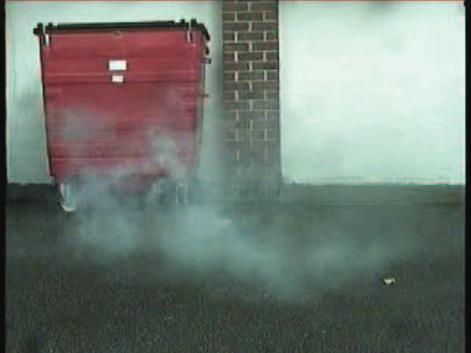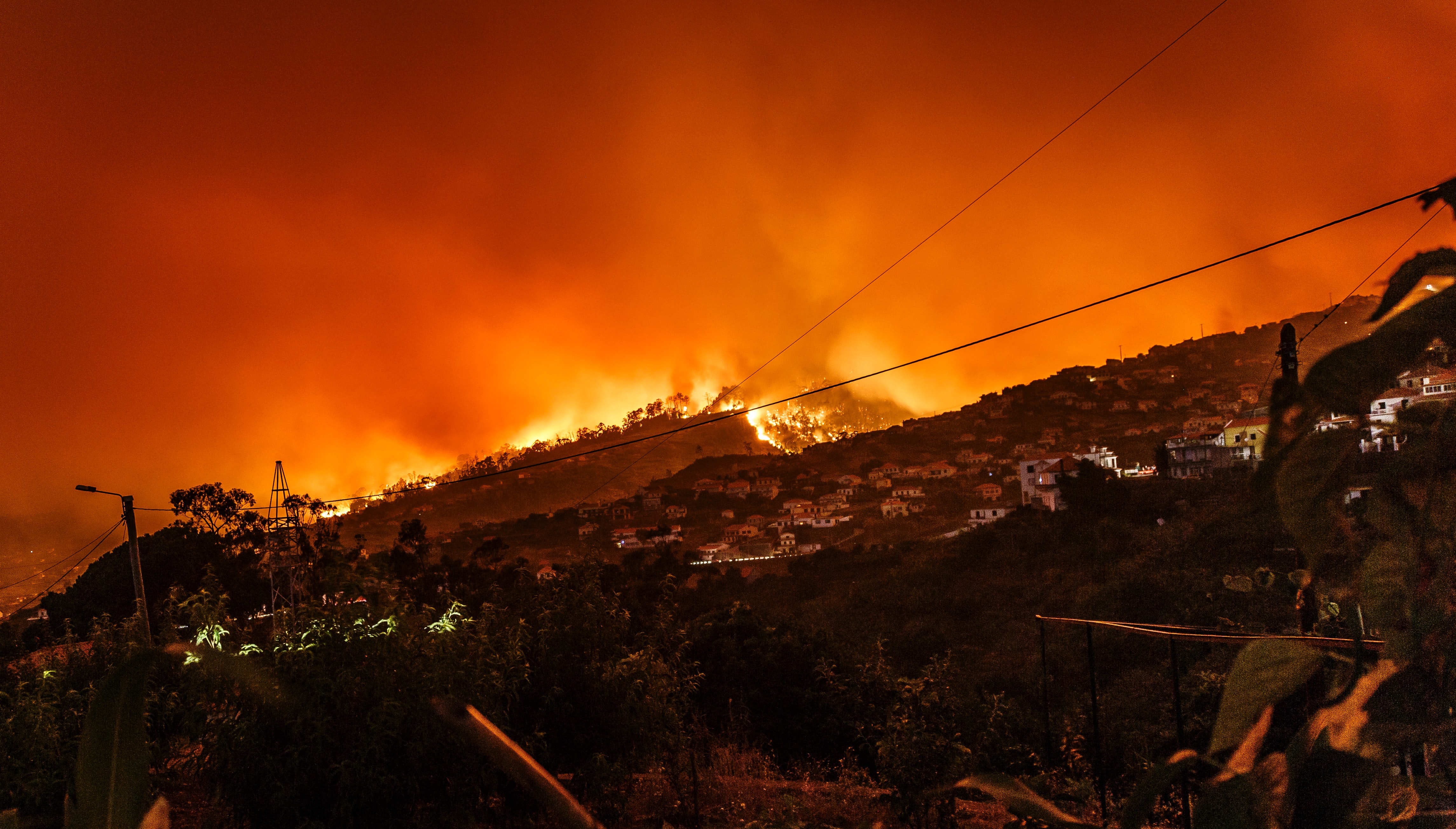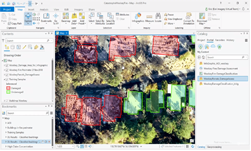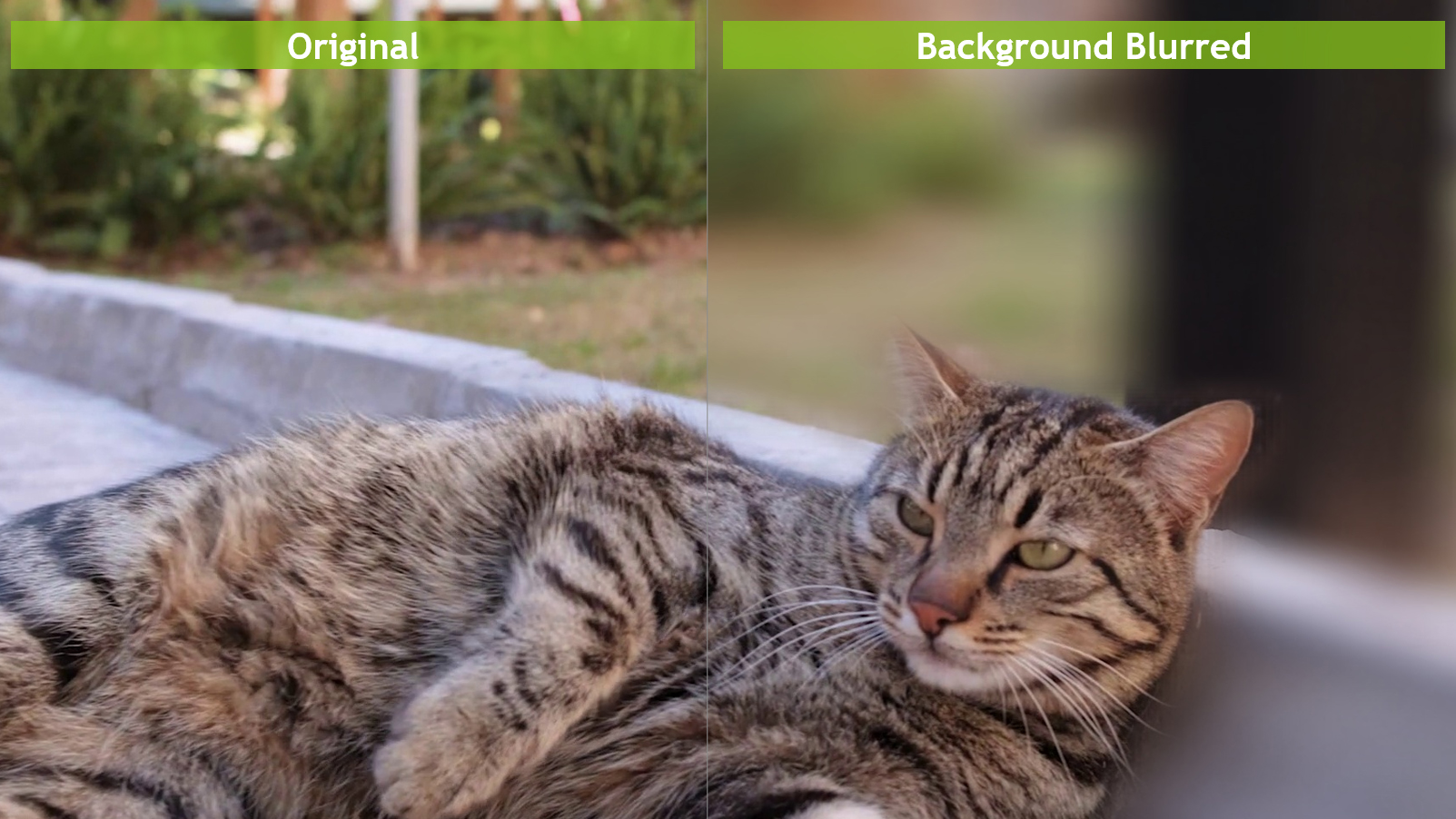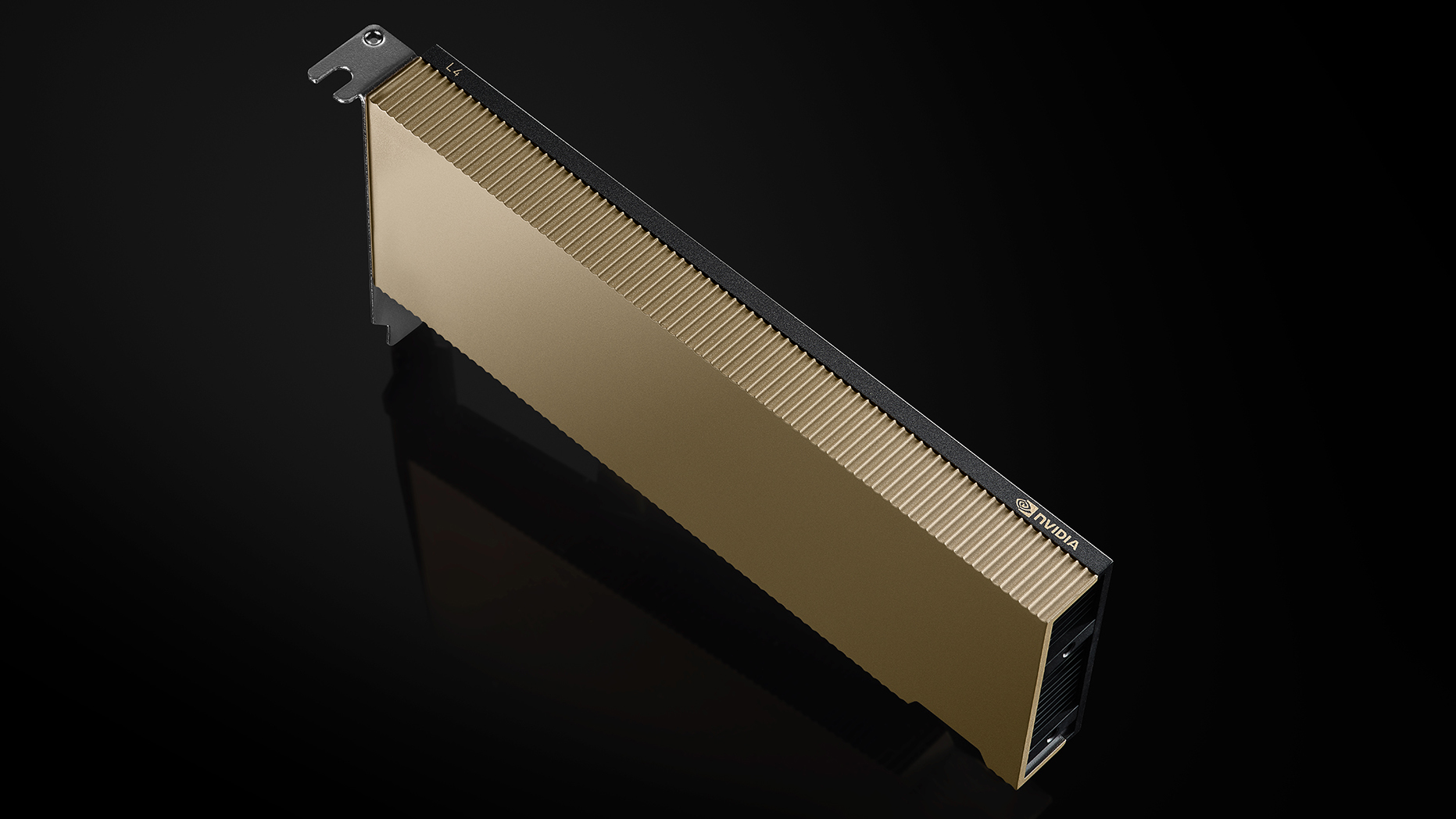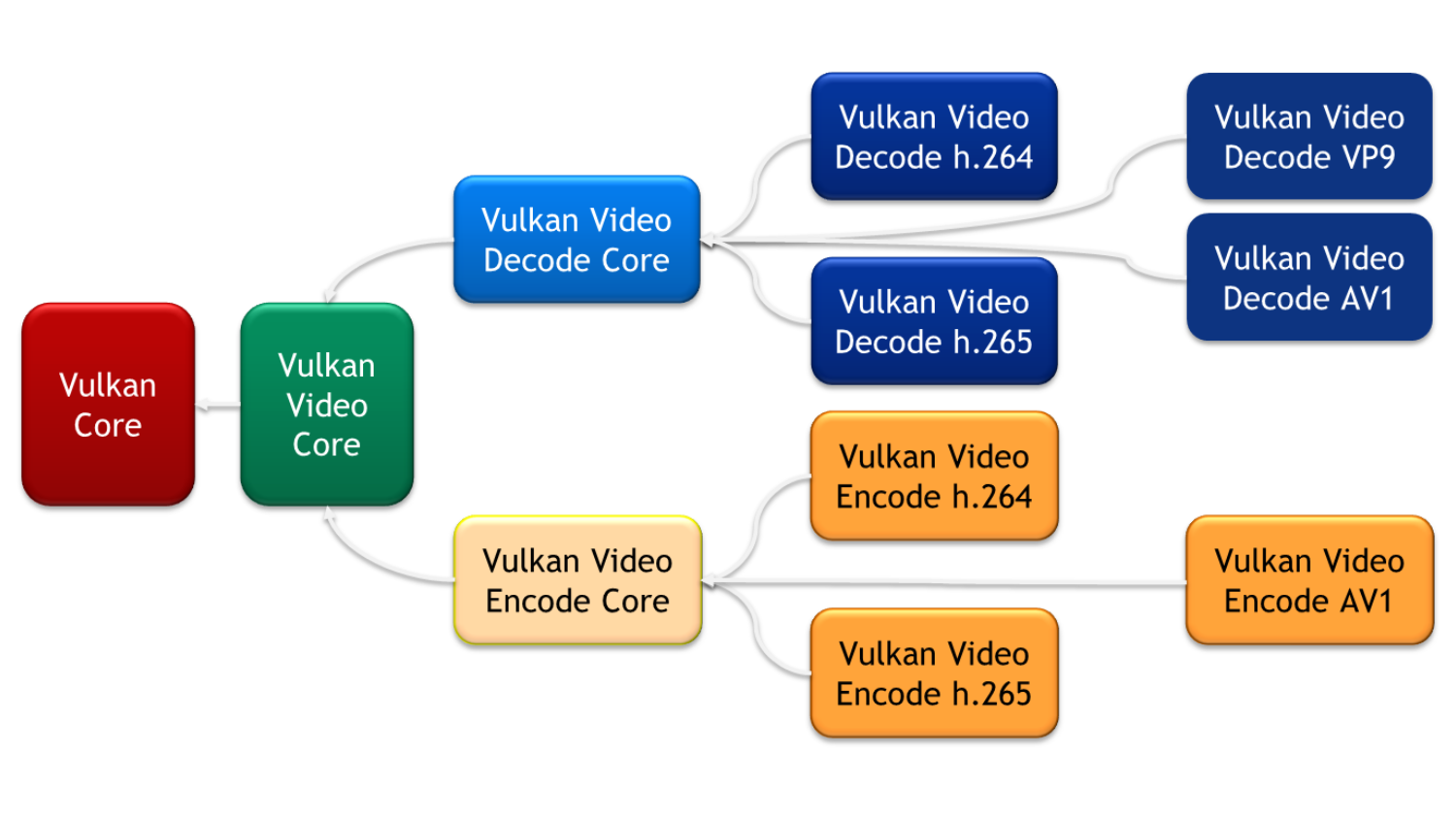Researchers from the University of Ulsan in Korea have demonstrated how to spot fires before they spread by using GPU-accelerated video processing to detect smoke, eliminating the need for expensive infra-red cameras and laser range finders.
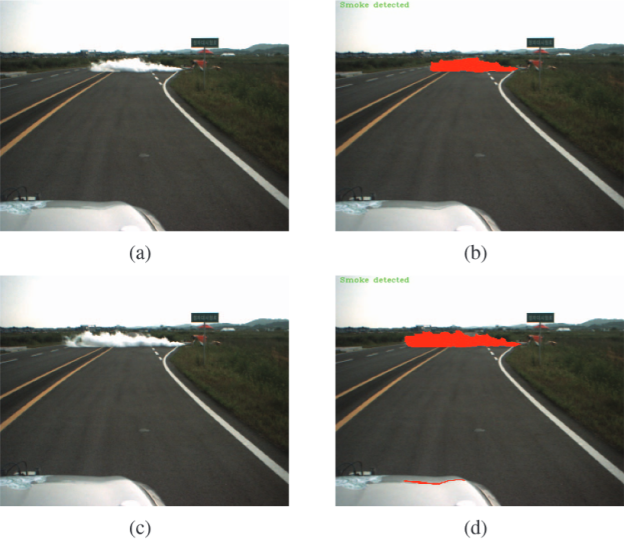
Surveillance tasks include not only human detection and behavior recognition but also understanding the current state of the environment. When fire occurs in the scene, it usually occupies a small area but produces a big amount of smoke. If this kind of scenario occurs in a forest, then flames can spread far before they become visible from a distance. At the same time, burning trees produce noticeable volumes of smoke. Thus, smoke plays the role of an early alarm starter when there are no flames visible yet.
The paper introduces the smoke detection method for surveillance cameras. The background subtraction was used to determine moving objects. Color probability was used to find possible smoke pixels in a scene. Separate pixels, acquired by background subtraction, were united by morphological operations and connected components labeling methods. The existence of the smoke region is then confirmed by boundary roughness and edge density.
In the last step, the current frame is compared to the previous one to check the behavior of objects. The most computationally expensive steps are processed in parallel using CUDA to achieve real-time performance. Computational time was decreased by more than 6x compared to the CPU processing only, using an NVIDIA GeForce GPU.
